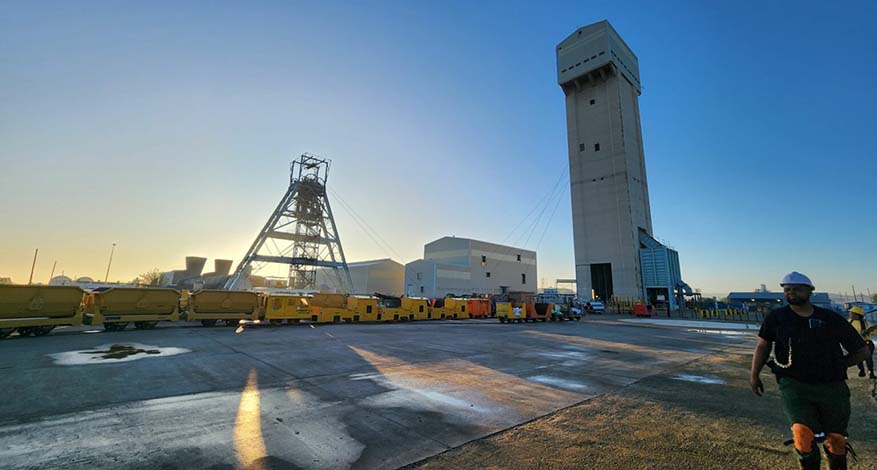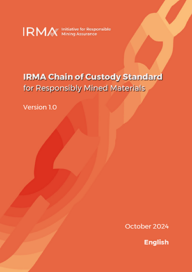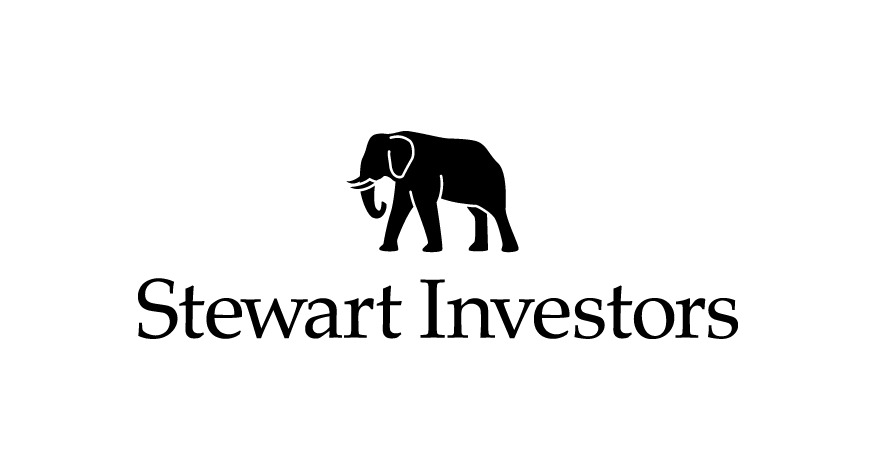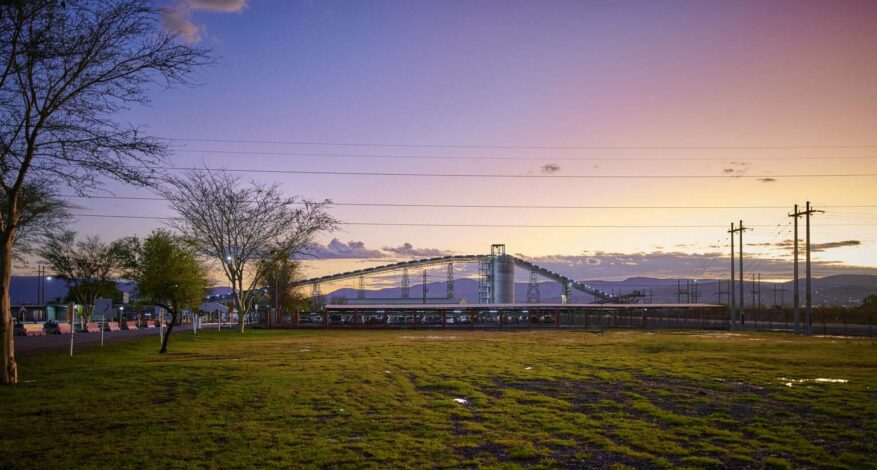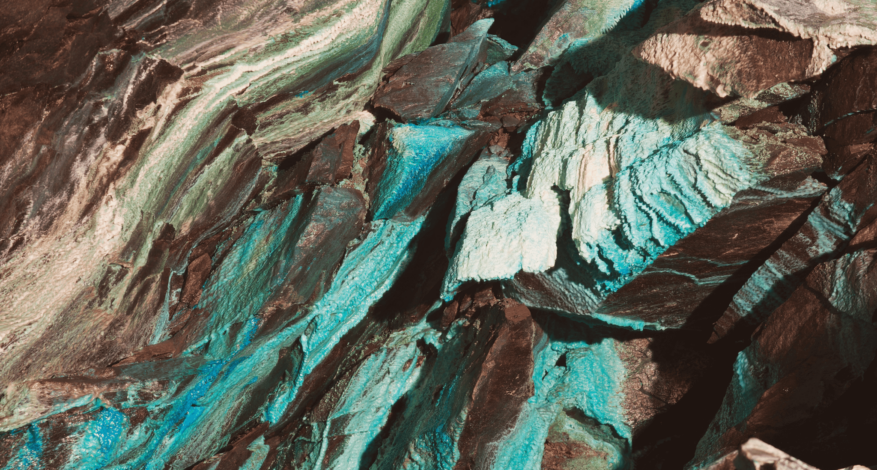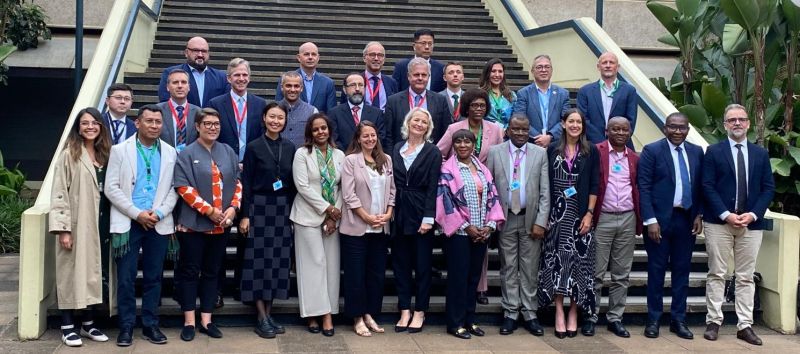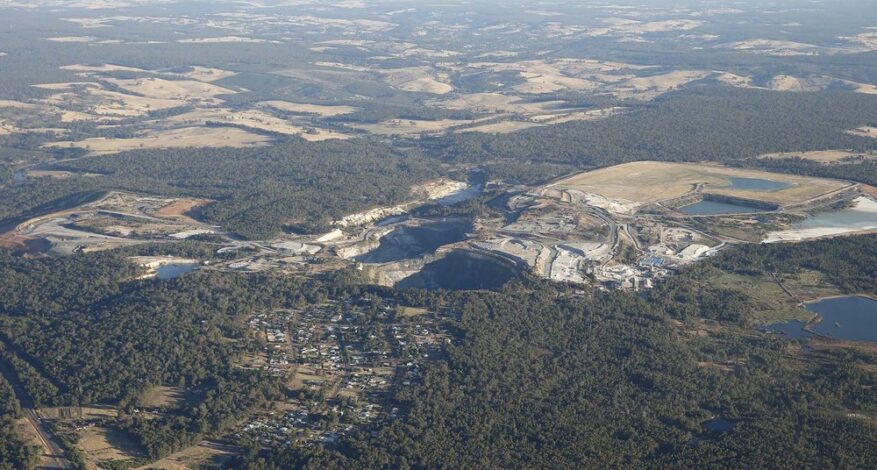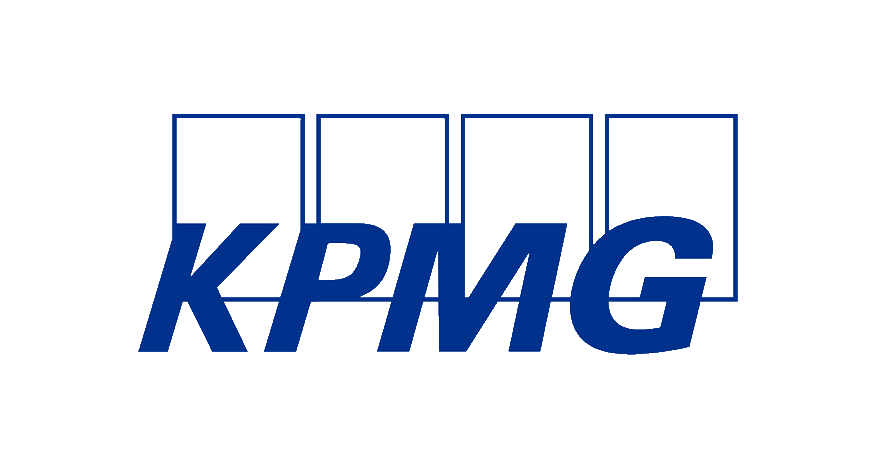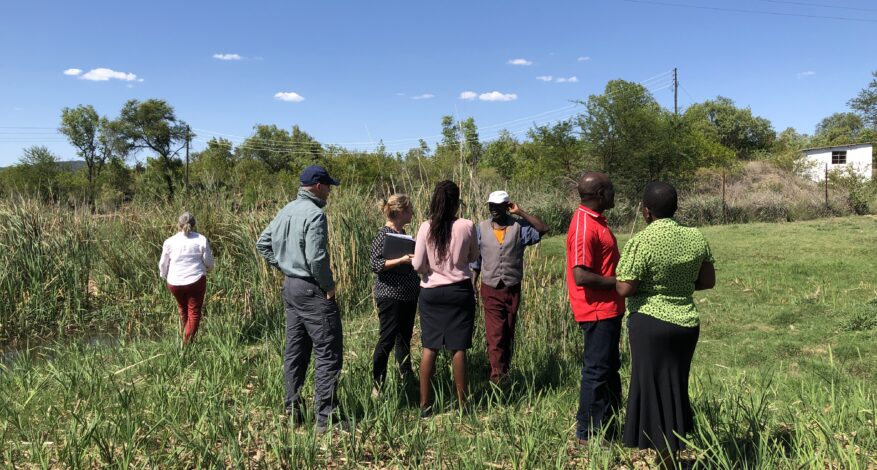ERM CVS to Conduct On-site Assessment of Marikana
ERM CVS to Conduct On-site IRMA Assessment of Sibanye-Stillwater Marikana;
Audit Firm Seeks Input from Local Community and Other Stakeholders
[isiXhosa | Setswana | English]
Today, 25 October 2024, ERM CVS announces that on November 25 – December 6, 2024 it will visit the Sibanye-Stillwater Marikana mining operations in the Rustenburg/Mabineg local municipality, South Africa to conduct the onsite phase of its independent, third-party Initiative for Responsible Mining Assurance (IRMA) assessment of the operation. In May Sibanye-Stillwater announced its commitment of the Marikana operation to IRMA independent audit.
When finished, an IRMA assessment results in a public audit report released locally and on the internet. This report will describe how ERM CVS scored Sibanye-Stillwater Marikana against each of the 400+ requirements of the IRMA Standard for Responsible Mining, and why ERM CVS gave Sibanye-Stillwater Marikana that score. The report will also assign an overall achievement level: IRMA Transparency, IRMA 50, IRMA 75, or IRMA 100.
Sibanye-Stillwater can use this information about the environmental and social impacts of the Marikana mining operation to improve its practices. Other stakeholders, particularly affected communities, may use this audit report to engage with Sibanye-Stillwater and others on a more equal footing to improve the operation in the ways that matter most to them.
During ERM CVS’s time at Sibanye-Stillwater Marikana, they will collect feedback from local stakeholders – anyone directly or indirectly affected by the mine — including community members, mine workers, and government officials. The ERM CVS team will also inspect the operation and its associated facilities.
|
November 25 – December 6, 2024 ERM CVS invites you to sign-up for an interview while we are in the area, and/or submit written comments about Sibanye-Stillwater Marikana using the contact details below. You must contact us before 11 November 2024 to be interviewed. Written comments submitted before 4 December 2024 will be considered.  On the web: ermcvs.com/contact-us Interviews occur without mine personnel present. Interviews with non-management workers occur without management present and occur offsite on request. Comments will be kept confidential upon request. Your comments will help ERM CVS assess the impact of Sibanye-Stillwater Marikana on local communities and measure its performance against best mining practices. |
ERM CVS is an independent IRMA-approved and trained audit firm. For more about ERM CVS visit ermcvs.com.
IRMA’s mission is to protect the environment and people directly affected by mining. For more about IRMA including the assessment process, the IRMA Standard, and to see audit reports of other mines visit responsiblemining.net.
For Marikana audit status: responsiblemining.net/marikana
If you have concerns or complaints about the IRMA mine site assessment process or the IRMA Standard visit responsiblemining.net/complaints

